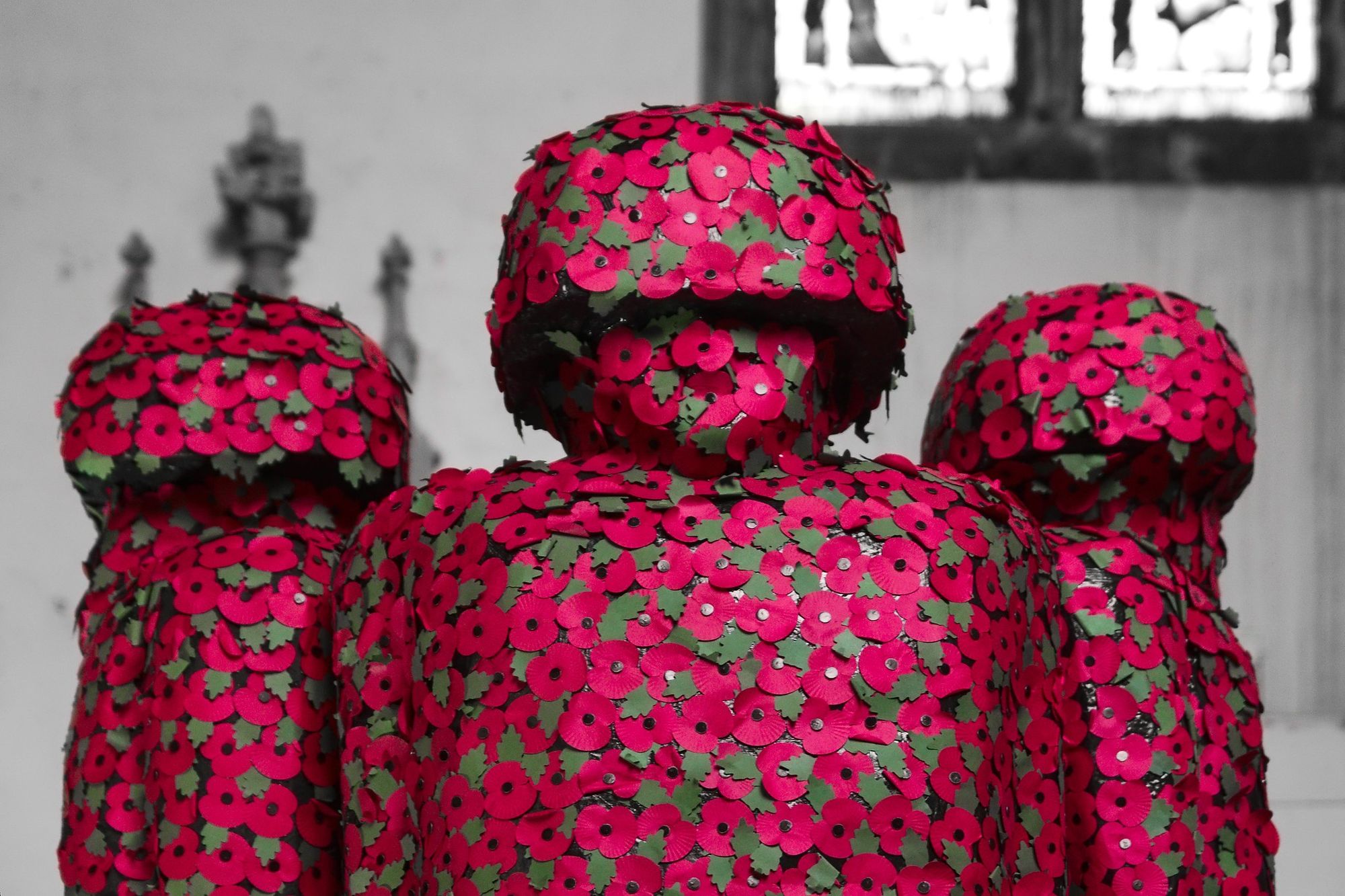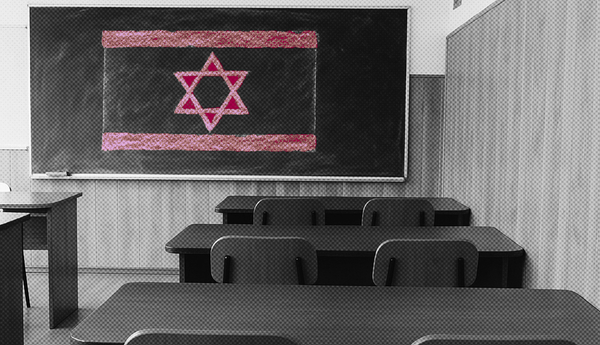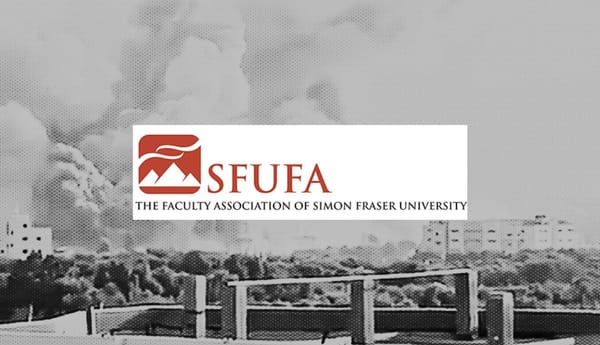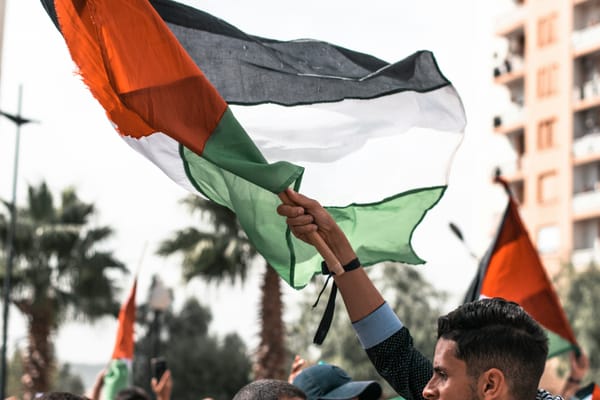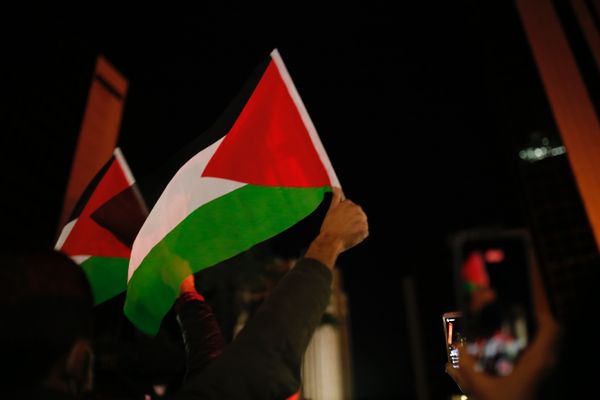Remembrance Day should serve as an opportunity for primary and secondary school students in Canada to discuss their questions or thoughts about the country’s history and foreign policy.
Lessons about Remembrance Day are, in fact, a tradition in the Canadian education system, especially common in cities and towns near military bases. The problem, however, is that teachers are given lesson materials that serve not to educate students, but rather instill an unwarranted adoration of Canada’s military.
A wide variety of private organizations, as well as the Canadian government, produce these lesson plans and class materials for students. They’re often used in English classes, where students may be encouraged to write letters from the perspective of a soldier at Vimy Ridge, for example. In the late 2000s when I was in high school, other students wrote violent stories about battles for their Remembrance Day assignments.
The most prominent source of these materials is the Royal Canadian Legion, the organization that conducts Remembrance Day events across Canada, including the Poppy Campaign. In 2014, the Legion published a guide for teachers, and it offers the clearest look into the pro-war philosophy that forms the basis for many Remembrance Day lessons.
The guide’s introduction makes its purpose clear. For example it includes a quote from the Oxford Companion to Canadian Military History claiming that Canada is “a country made by war.” It states that, “The Canadian education system has a responsibility [to help each student] develop a real understanding and appreciation of Remembrance Day.”
It adds: “Children new to Canada must also have an understanding of the sacrifices that many Canadians made to preserve and protect the way of life that they now embrace.” The Legion’s anxiety about whether the children of newcomers worship the military or not bears striking similarities to Don Cherry’s infamous rant about perceived newcomers in Toronto not wearing poppies.
As a whole, the guide’s introduction makes it clear the Legion views students as a potential problem, since they may not support the military without proper indoctrination. The ensuing pages of the guide set out to do exactly that, whitewashing or explicitly celebrating several military ventures throughout Canada’s history.
The guide starts off by portraying colonialism as a commendable military adventure. Its section about the military prior to the First World War hints at how Canada was formed through violent colonization, writing that, “Well before Canada became a country, there was a military presence here.” It goes on to add, “The colonization of North America by Europeans and the protection of it depended greatly on regular military forces or militia forces raised from the civilian population.” In essence, according to the guide, the military served a productive role by facilitating the genocide of Indigenous peoples for the purpose of establishing colonies.
The guide goes on to describe the First World War as a valiant nation-building event, where Canada “emerged as a significant player on the world stage,” rather than a mass slaughter of a generation of young men on behalf of heartless elites. For example, it claims that, “The Battle of Vimy Ridge in April 1917 is enshrined in the Canadian conscience as a ‘nationbuilding event’ or where ‘Canada came of age.’” However, the only real result of the First World War was massive profit for arms makers, and another world war.
The guide goes on to describe the Korean War, claiming that it is “one of the least talked about wars.” The Legion starts its history in 1950, which is deceptive, as the war was set in motion years earlier when foreign countries turned a victimized former Japanese colony into a Cold War battlefield. The Legion is passing on a distorted version of history while the Canadian military enforces sanctions on North Korea in contradiction of the spirit of the 2018 peace process, which surprised many Canadians due to their lack of understanding of Korea’s past.
The guide’s approach to discussing the war on Afghanistan also has several flaws. It portrays Canada’s role in the war as supporting “efforts to strengthen the democratically elected Afghan government.” The guide uses passive voice to describe how after the invasion of Afghanistan “a long and bloody insurgency followed.” The guide isn’t clear on who was shedding blood, and why an occupation was required after the invasion. It also omits any mention of crimes by Western forces, including Canada’s, that led to the government collapsing this year. In contrast, the guide shows Canadian soldiers talking to smiling Afghan children.
Early Canadian progressives such as Agnes Macphail — the first woman in Canada to be elected as a member of parliament — successfully fought to remove military training, such as mandatory Cadet programs, from Canadian schools in the 1920s and ’30s. Macphail stated in Parliament that Cadet training was done to “associate in childish minds these three things-soldiering and honour and glory.”
The Legion’s pro-war style of Remembrance Day lessons violates the spirit of this important historical victory: the separation of military and education. As such, schools should remove any influence the Legion has over curriculum decisions, and teachers should avoid using its materials or giving up class time for its contests.
Instead, Canadian teachers should encourage students to think about the costs of war to their own country and others. For younger students, a common exercise encouraged by peace activists is to have them build a fictional society and then destroy it, demonstrating the carnage caused by war. Older students can write about what it would be like to be displaced by conflict, rather than penning violent war stories. They can also read Wilfred Owen’s poems about the First World War, such as “Dulce et Decorum est,” as they portray the human costs of war.
Moreover, instead of being forced to learn pro-military narratives, the children of newcomers to Canada can offer valuable perspectives to other students. As a teacher’s assistant in South Korea, for example, I learned from high school students whose essays I graded about their desire to see peaceful Korean reunification.
Teachers should address issues such as war and militarism in class, but the educational materials they rely on need to change.

